Brand Strategy Explained
Written By Blake Martin
Understand your audience and find out what they want. Devise a plan to show your customers that your business has what they want in a way that will resonate with them best. That’s what a brand strategy is. Brand strategy will allow your service or product to have its best shot at success.
Brand strategy is a long-term plan for what a brand will build its reputation on and the method they’ll use to build it.
You need a brand strategy so you can appropriately and effectively connect to, and speak to, your audience.
Branding is not the stuff you make but the stories you tell. —Seth Godin
A brand strategist devises a plan of brand expression that will help to build and shape the minds of the intended audience. A strategist will help you navigate the entire strategy process and lead you to a successful result. A Brand Strategy should include a detailed audience persona, competitive analysis, differentiation & positioning strategy, human brand persona & personality, brand voice, communication framework, brand message, brand storytelling framework, and a marketing strategy.
Brand managers will navigate the brand based on the strategists plan.
Here’s a breakdown of a brand strategy:
Develop your internal brand: Develop the foundation. Purpose, vision, mission, values. These all stem from a leadership team who directs any brand. There must be a solid shared belief.
Define your target audience: Understand everything about your audience. Paint a picture of them; demographics, psychology, pain points, emotions. Connect with them.
Map your market landscape: Understand like-kind competitors who are catering to your audience. We want to offer something unique to the marketplace.
Uncover your market position: You should know your audience and competitors at this point. This will give you the clarity for the market landscape. You will see some holes in existing service and find a way to be different, better, faster. The point is to be a better option in the marketplace enough that your competition starts losing customers to you.
Shape your brand personality: Pay attention to how you speak to your audience at every touchpoint. This matters. Improve upon this and find out how your competitors are speaking to their clients.
Identify tone of voice: This is an extension of personality. Inject personality, or voice, to help further connect with your audience. Each step solidifies your brand with your customers to build that connection.
Develop your messaging strategy: The ‘what’ you’re going to say. What are you going to say to connect with your audience. Answer to the ‘what’s in it for me’ question that your customers will subconsciously ask themselves. You’re more than simply a transactional brand. You want more from a relationship with your customers than just their money, hopefully. Messaging that will prove value and messages that will show them that you want more than just money, a connection, a culture even.
Craft your brand story: People listen more to stories. Your customers are twenty-two times more likely to remember story based information opposed to fact based information. Show your customers why you’re different and what impact you make delivered as a story.
Develop a good name and a tagline: You’ve probably already got this by now, but here’s where you should have started to think about it. It may not be too late to re-group or rebrand entirely. Your name and tagline matter. These are communication tools to help send your desired message to your customers that resonates with them.
Design your brand identity: Most small businesses and start-ups jump straight to steps 9 and 10. There’s a lot more involved before this stage that needs to be considered. A well thought out and positioned brand is destined for success. At this stage 90% of your brand strategy is completed. Step 10 bring it all to life! This includes things like your logo, icons, typography, and colors.
Craft your brand collateral: This is the dressing room for the brand launch. Everything joins forces here, it’s all or nothing at this point. No turning back now. This will be the stage where you develop your website, brochures, business cards, advertisements, point of sale, physical or digital communications, etc.
Devise your brand awareness strategy: Find out where your customers are hanging out online and in real life. Find out where they will be most receptive to your brands messages. Craft each message to fit in those arenas. Marketing comes into play here and are one and the same with awareness strategy.
Launch your brand: How will you approach the market with your strategy? Bigger budgets typically mean bigger impact. Money talks.
Analyze, optimize, and evolve: Your brand strategy may need to change based on the constantly changing universe of social media. You need to understand analytics. What’s working, what’s not. You need to be prepared to pivot where you think you need to be based on your strategy. Constantly ask yourself if you need to re-strategize a simple step or your entire brand. You’ll likely need to re-work your messaging to speak differently and connect with your target audience in changing ways and new platforms.
TL;DR
There are a ton of steps you can take to develop your brand strategy to help build a stronger, more sellable, brand. You’re going to make mistakes. Brand strategy and marketing in general should be looked at as experiments. You can only move forward if you start moving and do something about it. Let’s talk.


